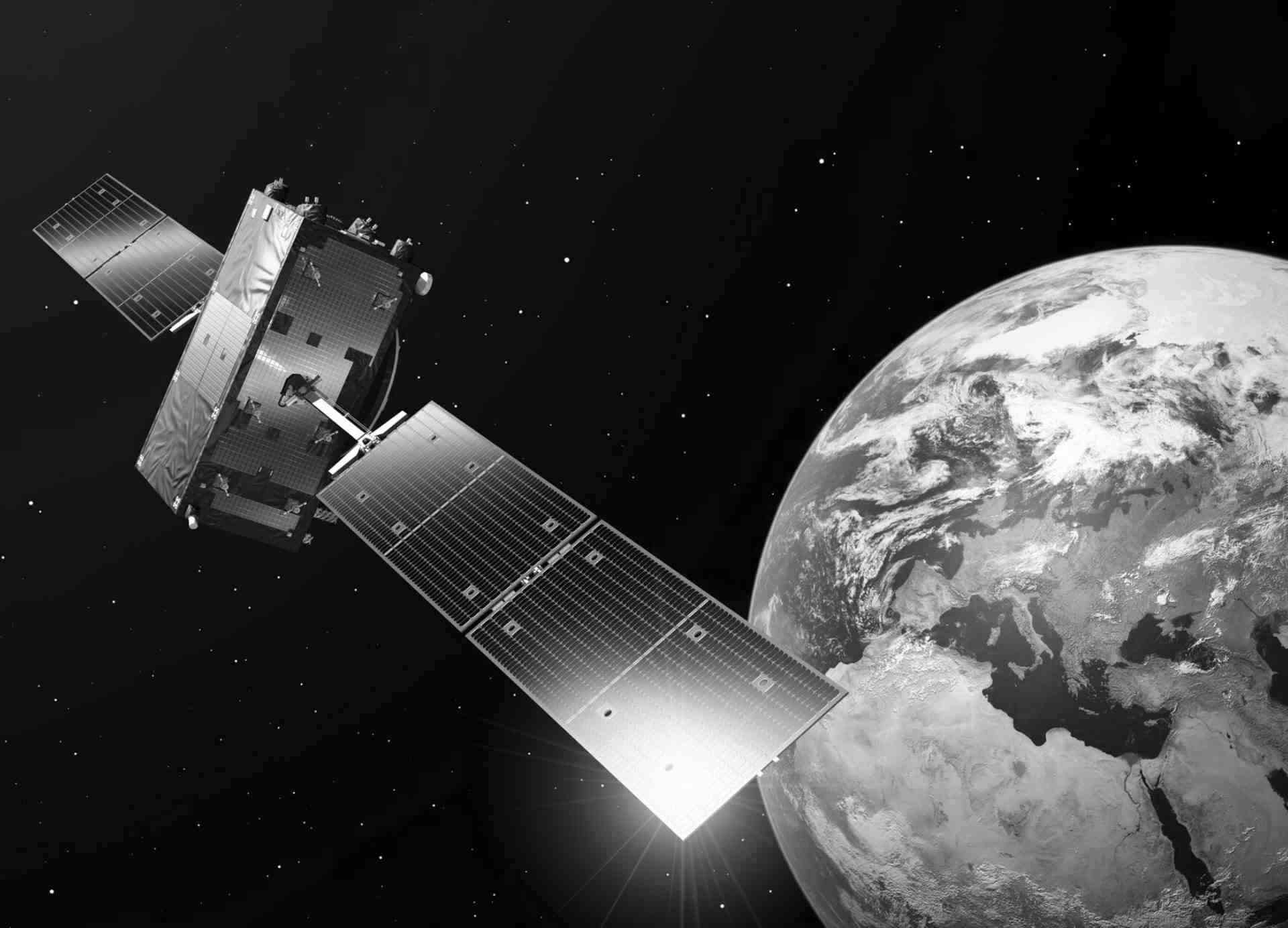
Landsat-5
The Landsat programme is a joint USGS and NASA-led enterprise for Earth observation that represents the world's longest running system of satellites for moderate-resolution optical remote sensing for land, coastal areas and shallow waters.
Satellite details:
Landsat-5 was launched on 1 March 1984 from the same launch site, and the mission ended on 5 June 2013. It launched the Thematic Mapper (TM) which was a multispectral scanning radiometer operating in the visible and Infra-Red regions of the Electromagnetic Spectrum. It was characterized by 185 km swath width and 30 m resolution for visible (VIS), near infrared (NIR) and shortwave infrared (SWIR) while 120 m resolution for thermal infrared. The acquired Landsat TM scene covers approximately 183 x 172.8 km. A standard full scene is nominally centred on the intersection between a path and row (the actual image centre can vary by up to 100 m). A full image is composed of 6920 pixels x 5760 lines and each band requires 40 MB of storage space (uncompressed) in the VIS, NIR and SWIR as well as in the TIR spectral range.
The objective of Landsat-5 and any other Landsat mission was to image repetitively Earth's land and coastal areas with the aim of monitoring changes to those areas over time.
| Product type | Instrument | Spatial Range | Temporal Range | Type of Access |
|---|---|---|---|---|
| TM–L1G | TM | Europe | April 1984 – November 2011 | IAD |
| TM–L1T | TM | Europe | April 1984 – November 2011 | IAD |

